Dermaplaning has been a “vogue” subject recently, with many dermatologists offering the treatment alongside beauticians promoting its benefits online.
Once upon a time, dermaplaning was something that could only be done at a treatment center and, given the relative expense, this meant only the wealthy could take advantage of its benefits for the skin.
Now that specialist dermaplaning kits and eyebrow razors have become commonplace and relatively inexpensive, dermaplaning at home has taken off (and for good reason).
With little downsides or risks, and vast benefits for your skin, dermaplaning is an easy and effective way to exfoliate and prepare your skin for other cosmetics.
But what is dermaplaning?

Dermaplaning can be thought of as a means of physical exfoliation. By lightly gliding a dermaplaning blade across the surface of your skin, you are removing peach fuzz, dead skin cells and other impurities, just like a traditional exfoliating scrub.
Dermaplaning can be an effective way to exfoliate, but it’s not for everybody. For a full breakdown of the benefits and downsides of dermaplaning, check out our article which details what dermaplaning actually is and if it’s something that you should try.
It sounds like dermaplaning is basically just shaving…
What’s the difference between dermaplaning and shaving?
Dermaplaning and shaving are very different. Let’s look at why…
The technique
When you shave, you apply some pressure to the razor and use short decisive strokes across the face or other parts of the body, which can sometimes lead to cuts.
When you dermaplane, you lightly glide the dermaplaning razor blade on your skin. There should be no pressure placed on the blade at all and therefore no risk of cuts (if done properly).
The goal
The goal of shaving is to remove hair. We typically use some form of lubricant, such as a solid shaving soap bar, shaving foam or maybe something different.
The lubricant helps the razor to move smoothly across your skin without causing irritation. If you use a good shaving soap, then it will also help lift the hairs up to give you a cleaner shave.
The goal of dermaplaning is completely different. Although dermaplaning does remove small hairs, the main objective is to exfoliate our skin, preparing it before putting other skincare products on.
When you’re dermaplaning, it is important to remember not to shave, but just to gently glide. It should be effortless and it may feel like you’re not doing very much, but this is what dermaplaning is supposed to feel like.
Should you prepare your face before dermaplaning?

For best results your face should be completely clean prior to dermaplaning. If you have other products such as makeup or lotion on your skin then it will be more difficult for the blade to effectively exfoliate your skin.
It’s advised to wash your face thoroughly prior to dermaplaning, preferably with an acid based cleanser in order to completely remove any remnants of face lotions or serums.
Once your skin has been washed completely, you are ready to dermaplane.
Should you dermaplane on a wet face or dry face?

Always dermaplane with a dry face.
We recommend drying your face with a towel and then lightly blowing your face with the cold setting of a hairdryer to remove any last moisture before dermaplaning.
Pull your skin taut and use the dermaplaning blade to glide over your face. If your face is wet, this may lead to slips and potential safety issues.
Another company said oils help dermaplaning. Is this true?
In general, we recommend dermaplaning with dry skin. It’s a lot safer, easier and experts generally agree that in order for the blade to exfoliate your skin well, you should have less products on your face.
However, each person is completely different and some people may prefer using oils if they experience irritation when in direct contact with a dermaplaning blade. If you feel like dermaplaning with dry skin is irritating your face, try a small amount of natural face oils to provide a touch of lubrication.
Should you use any products after dermaplaning?
After a dermaplaning session, treat your skin with extreme care and sensitivity. You don’t need to use any products within the first 24 hours after dermaplaning, but if you do then we recommend a natural and light moisturiser to help soothe any irritation.
There is no set guidance on how long you should wait to apply makeup and other products after dermaplaning, but generally speaking, 48 hours is a good rule of thumb.
Conclusion
When it comes to dermaplaning, the dryer the better. Some companies may recommend using oils or other products in combination with dermaplaning, but here at Jungle Culture, we’re convinced that you’ll see better results with a dryer face!
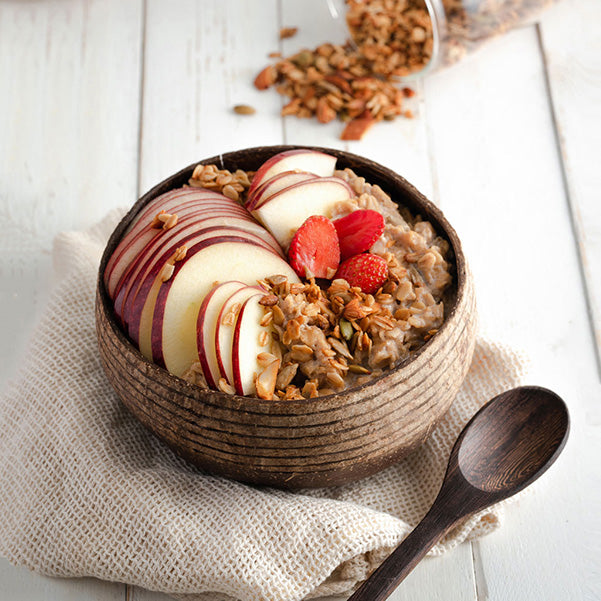
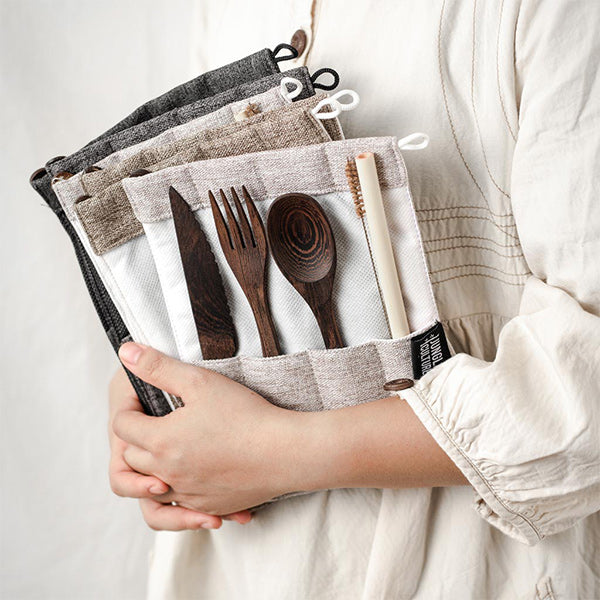
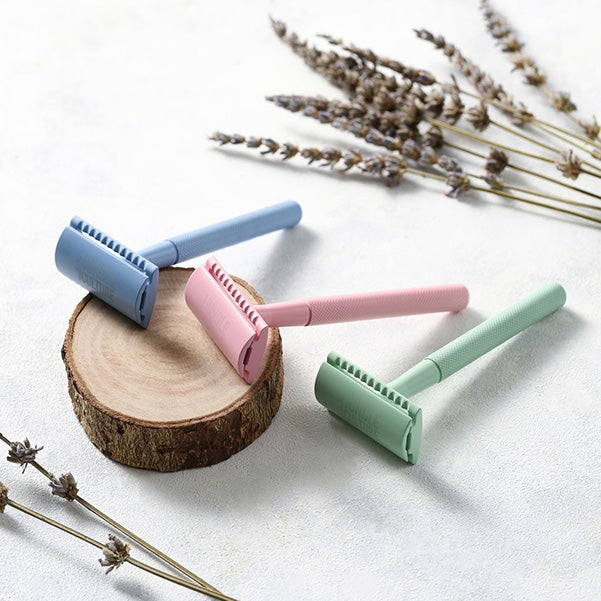
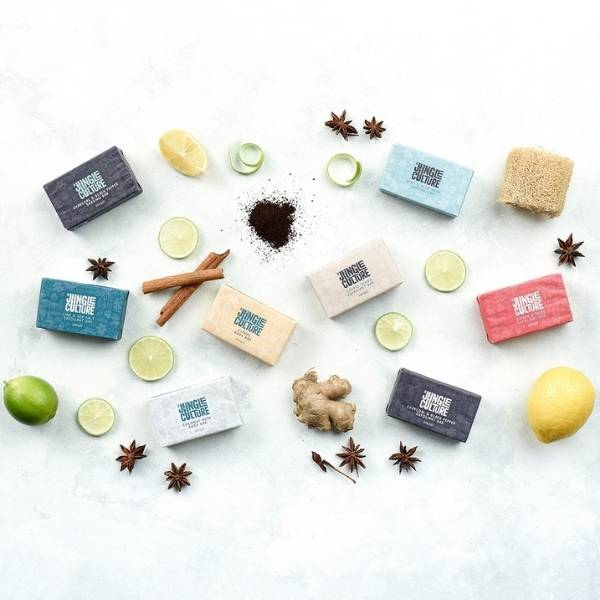
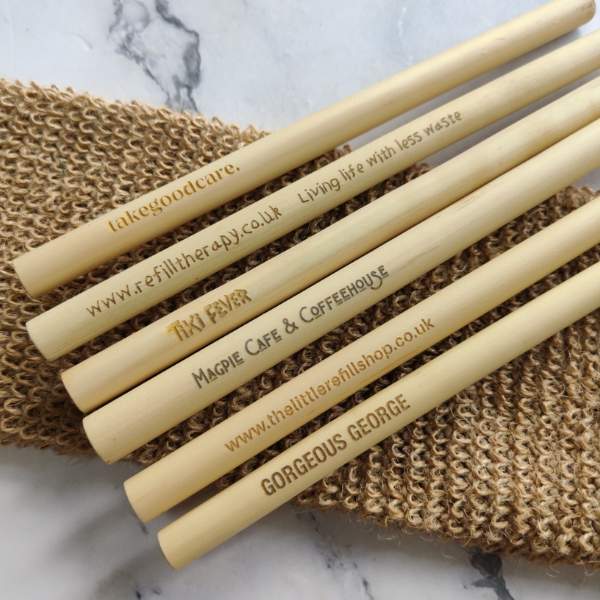



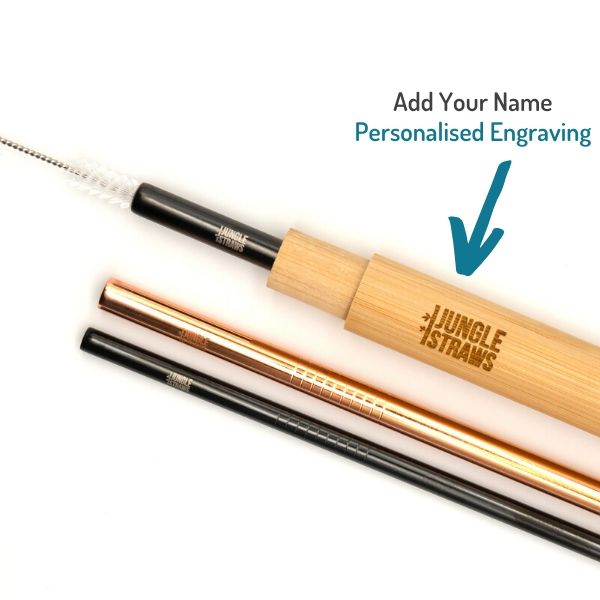
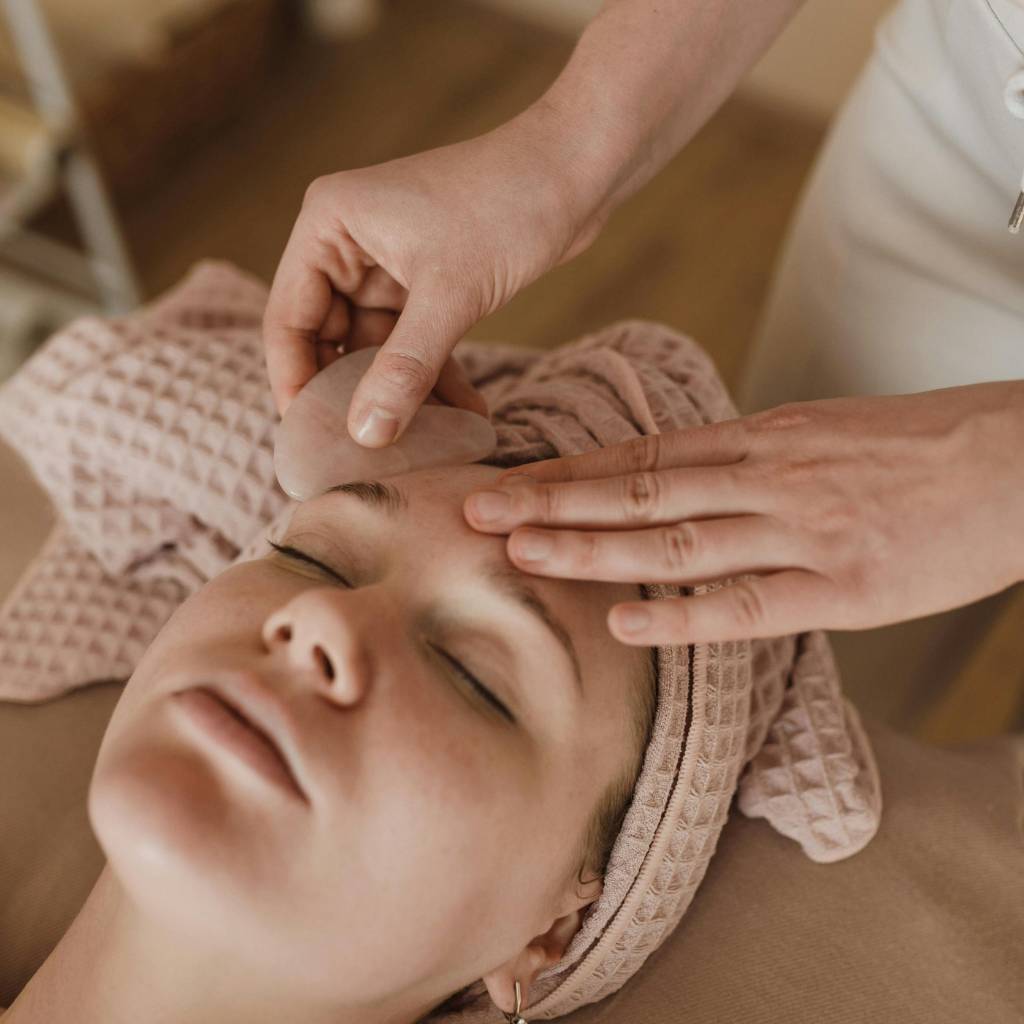
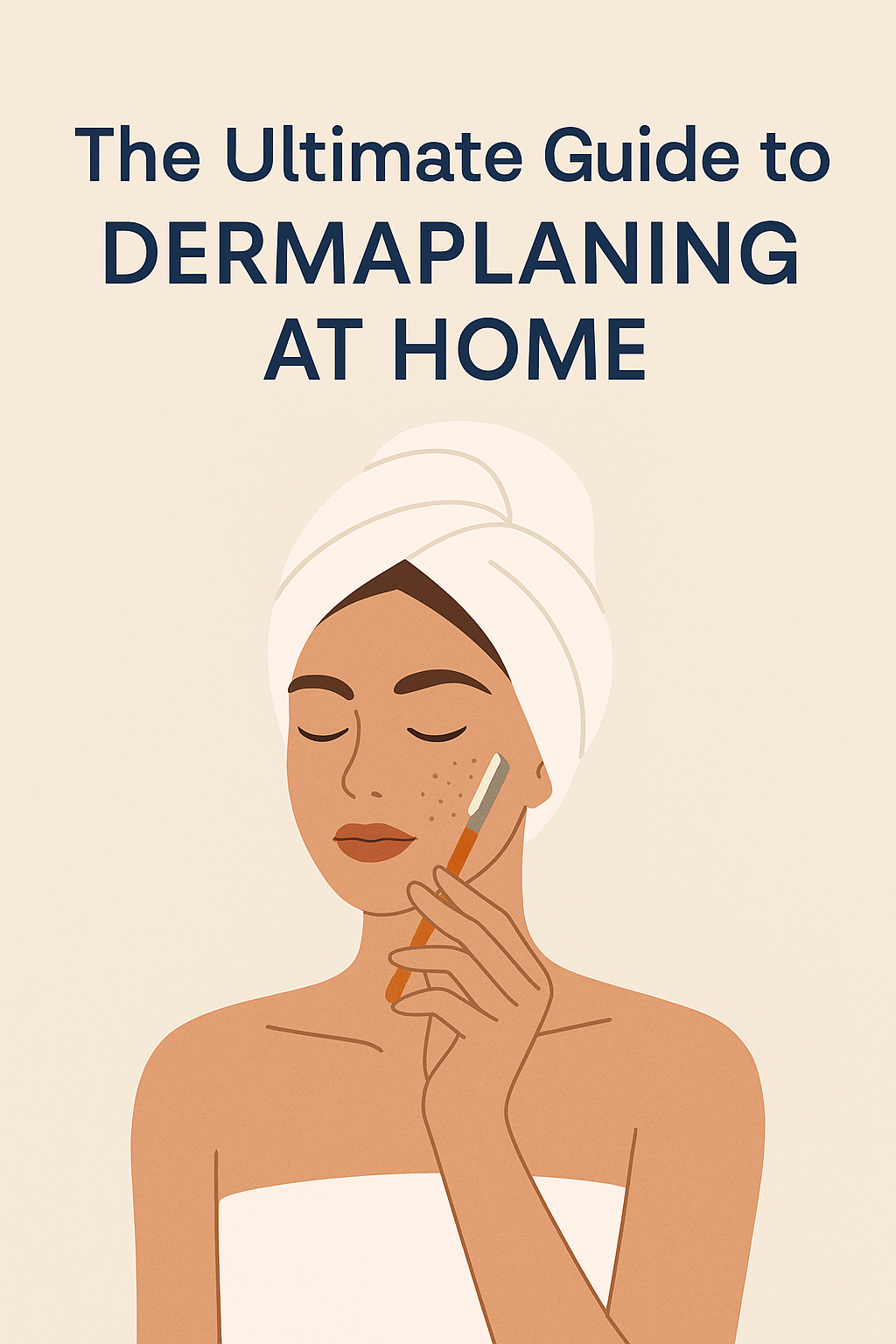

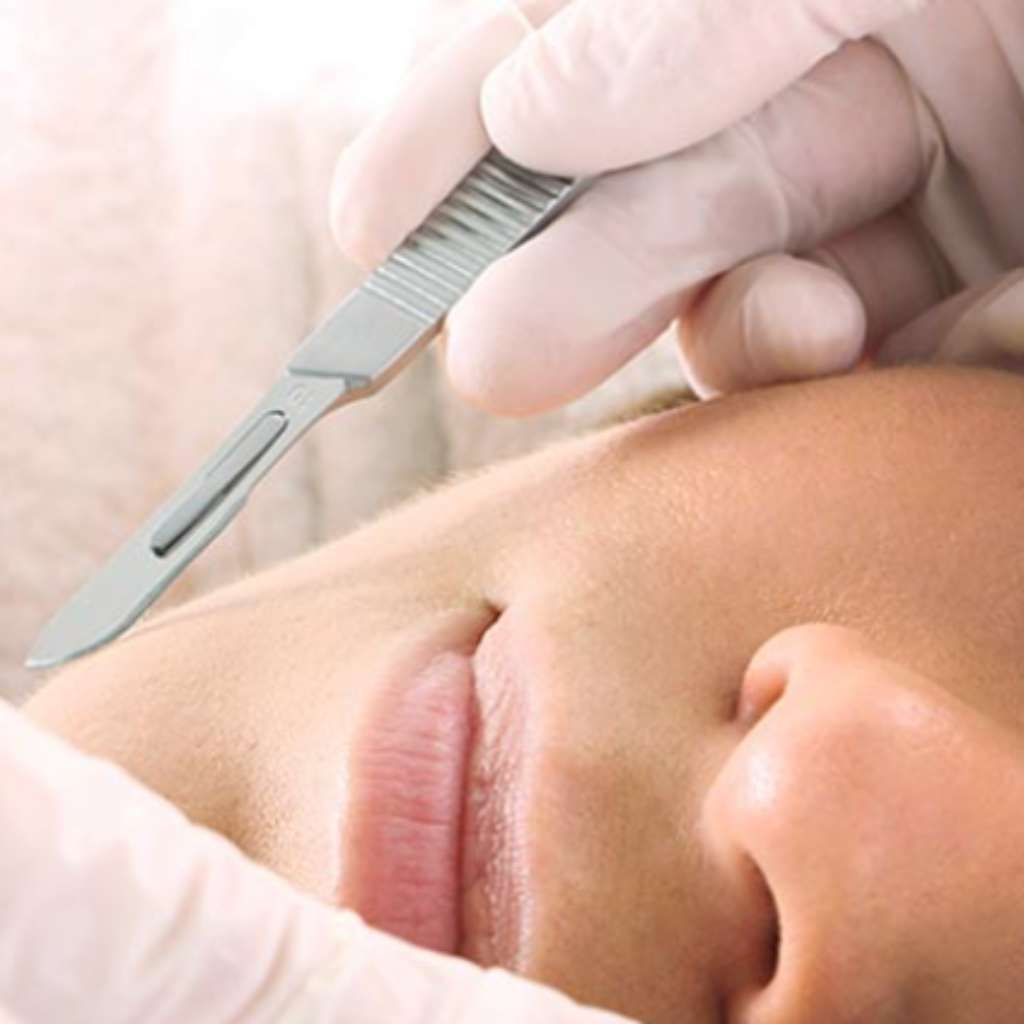
Leave a comment (all fields required)